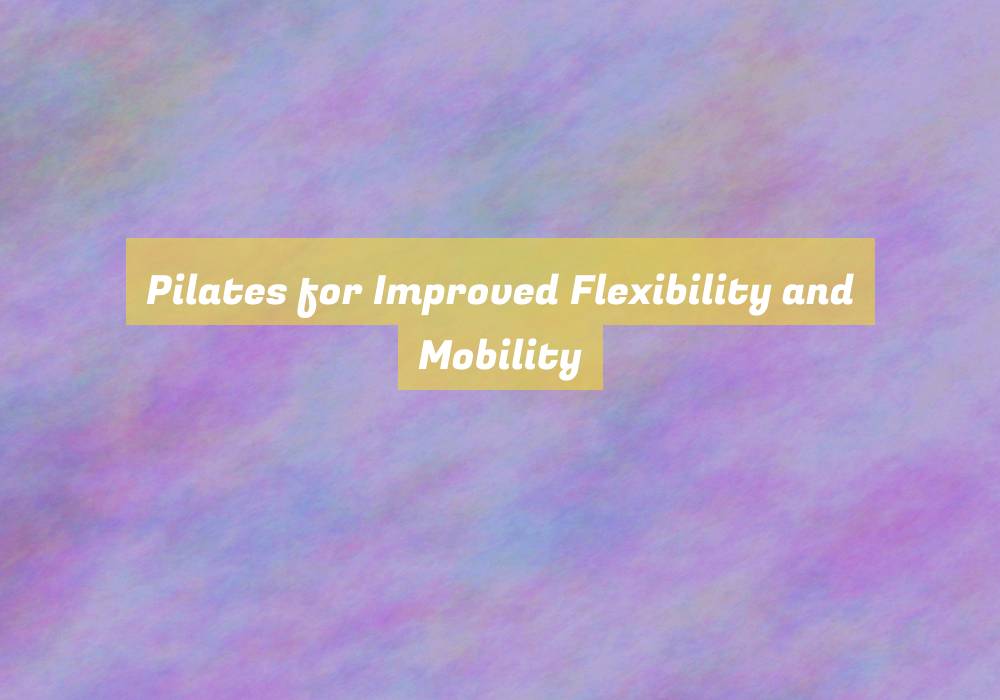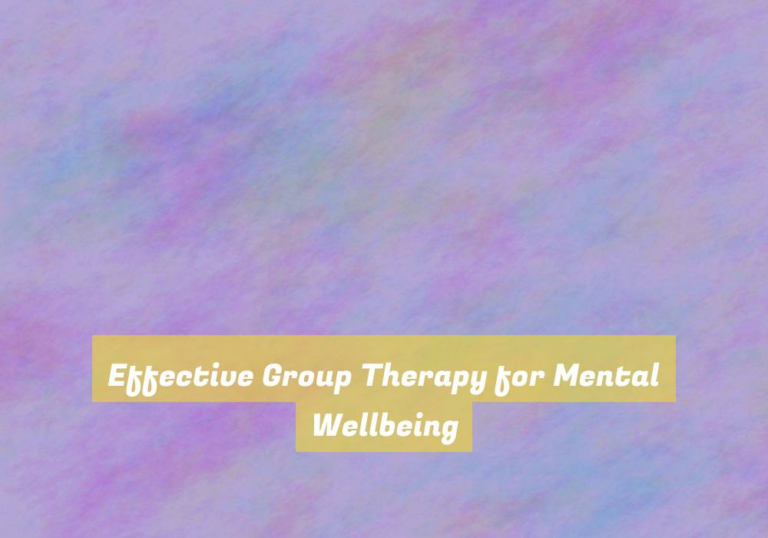Pilates for Improved Flexibility and Mobility
Have you ever wondered if Pilates truly lives up to its reputation for enhancing flexibility and mobility? You may have heard the claims, but now itG??s time to uncover the reality behind this popular exercise method.
By exploring the specific ways in which Pilates can impact your body, youG??ll gain a better understanding of its potential benefits.
So, letG??s explore how Pilates can potentially transform your flexibility and mobility, and how it might just be the key to unlocking a new level of physical freedom and movement.
Benefits of Pilates for Flexibility
Improve your flexibility and range of motion with Pilates, a low-impact exercise that targets and strengthens your muscles. Pilates focuses on controlled movements, emphasizing proper alignment, breathing, and developing a strong core. By engaging in regular Pilates sessions, you can experience significant improvements in your flexibility.
The exercises in Pilates help to elongate and stretch your muscles, promoting a wider range of motion in your joints. This increased flexibility not only enhances your physical performance in other activities but also reduces the risk of injury. Pilates also works on improving the suppleness of your spine, leading to better posture and overall mobility.
Through Pilates, you can actively work on loosening tight areas in your body, such as the hips, hamstrings, and shoulders. The emphasis on fluid movements and deep stretching allows you to release tension and tightness in your muscles, leading to a more agile and limber body.
As you progress in your Pilates practice, youG??ll notice a marked difference in your flexibility and overall ease of movement.
Key Pilates Exercises for Mobility
To further enhance your flexibility and mobility, incorporating key Pilates exercises into your routine can effectively target and improve your overall range of motion and joint mobility.
The Pilates Hundred is a fundamental exercise that focuses on engaging the core while moving the arms, promoting spinal articulation and mobilizing the shoulder joints.
Another essential exercise is the Single Leg Circle, which targets hip mobility and flexibility while engaging the core and stabilizing the pelvis.
The Spine Stretch Forward exercise helps to elongate the spine, improve hamstring flexibility, and enhance the articulation of the spine.
Furthermore, the Saw exercise combines spinal rotation with a forward bend, promoting flexibility in the spine, shoulders, and hamstrings.
Lastly, the Swan Dive exercise is beneficial for spinal extension and shoulder mobility.
Incorporating these key Pilates exercises into your routine will help to improve your overall mobility and flexibility, allowing you to move with greater ease and reduced risk of injury.
Incorporating Pilates Into Your Routine
Consider integrating Pilates into your routine to boost flexibility and mobility. To start, set aside specific times during your week for Pilates sessions. Consistency is key, so aim for at least two to three sessions per week to experience the benefits.
You can attend classes at a Pilates studio, join a virtual session, or follow along with online videos in the comfort of your own home.
Additionally, try incorporating Pilates exercises into your existing workout routine. For example, you can add a few Pilates movements at the beginning or end of your regular gym sessions. This can help improve your overall flexibility and mobility while complementing your existing workout regimen.
Another way to integrate Pilates into your routine is by using Pilates-inspired movements throughout your day. Simple stretches and mobility exercises based on Pilates principles can be done during breaks at work or while at home.
Tips for Maximizing PilatesG?? Flexibility Benefits
Maximizing the flexibility benefits of Pilates can be achieved by focusing on proper breathing techniques and engaging your core muscles during each movement. When practicing Pilates, concentrate on inhaling deeply through your nose and exhaling fully through your mouth. This controlled breathing not only oxygenates your muscles but also helps in releasing tension, allowing for better flexibility.
Additionally, engaging your core muscles throughout the exercises is crucial. By consciously activating your core, you stabilize your body and support your spine, enabling your muscles to stretch and move more effectively.
Furthermore, itG??s essential to maintain proper alignment during Pilates exercises. Pay attention to your form and posture, as this can significantly impact the effectiveness of the stretches and movements. Your instructor can guide you on the correct positioning and alignment for each exercise.
Consistency is key in maximizing flexibility benefits. Regular Pilates practice allows your muscles to adapt and become more flexible over time. Aim for a balanced routine that targets different muscle groups, ensuring overall flexibility and mobility improvements.
Conclusion
So, if youG??re looking to improve your flexibility and mobility, Pilates is a great option for you. By incorporating key Pilates exercises into your routine and following the tips for maximizing its benefits, you can see significant improvements in your overall mobility and flexibility.
Remember to stay consistent and dedicated, and youG??ll soon reap the rewards of a Pilates practice.
Keep up the good work!








You’ve raised some compelling points about Pilates and its impact on flexibility and mobility. It certainly seems like a method that many people rave about, yet there seems to be a notable divide when it comes to personal experiences. I personally began practicing Pilates a couple of years ago, seeking relief from chronic lower back pain. While I initially approached it with skepticism—almost dismissing it as another fitness fad—what I’ve experienced has truly changed my perspective.